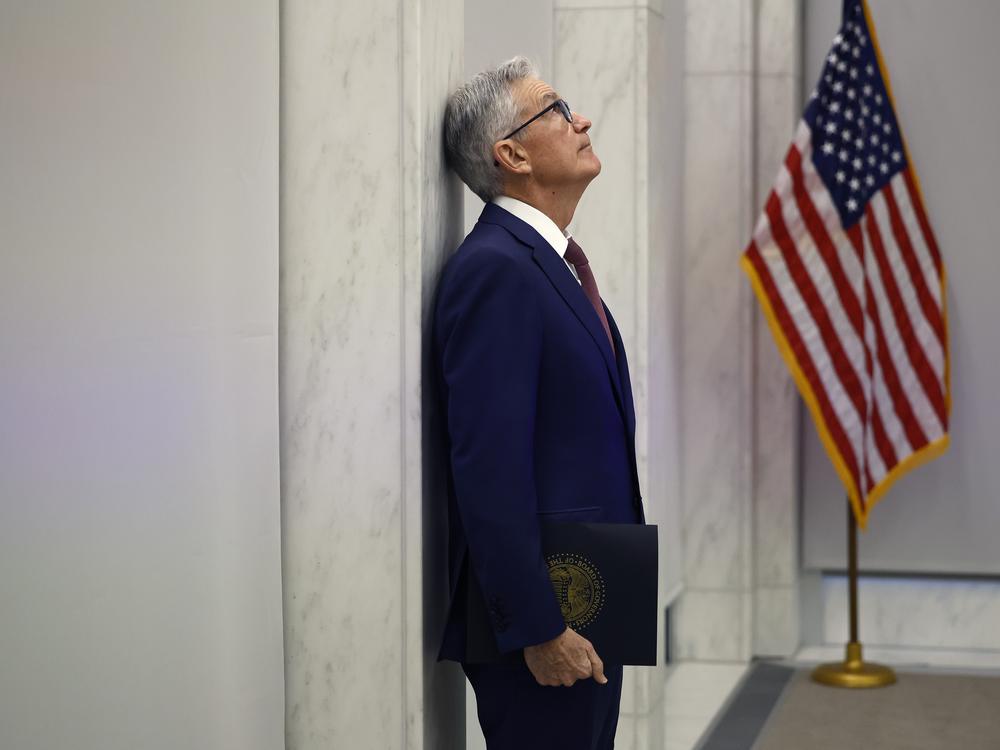Section Branding
Header Content
The Federal Reserve is on the verge of cutting interest rates. Here's what to know
Primary Content
The Federal Reserve is about to start cutting interest rates for the first time since 2020, but a big question looms: How far will they go?
It won't be an easy call. For more than a year, the Fed has kept borrowing costs at their highest level in more than two decades. That's made it more expensive to get a car loan, finance a business, or carry a balance on a credit card.
Now that the Fed has made clear it will be cutting interest rates, it will need to decide whether to opt for a modest quarter-percentage-point rate cut, or a more aggressive half-a-point cut.
That uncertainty has made this meeting one of the most highly anticipated in a while.
Here are three things to know ahead of the Fed's decision, due out at Wednesday at 2 p.m. ET.
What's at stake in the Fed's meeting?
The only certainty is that the central bank will be cutting interest rates. That's not exactly a "stop the presses" headline. Fed chairman Jerome Powell telegraphed it nearly a month ago.
It's the size of the rate cut that remains in doubt.
It's a tough call. Inflation has fallen substantially, with consumer prices rising by an annual 2.5% in August, down from a pandemic peak of 9.1% in June 2022. But prices are still climbing somewhat faster than the Fed would like.
At the same time, the U.S. job market is starting to show some weakness. Hiring has slowed and unemployment is inching up, hitting 4.2% last month.
Loading...
All in all, the data is not pointing in a clear direction, meaning the Fed could really go either way.
Some economists who worry about the labor market believe the Fed should go bigger, delivering a half-percentage-point cut. Others feel the Fed can be more patient, starting with a quarter-percentage-point cut while it continues to assess the incoming data.
What are markets expecting?
Bets on a quarter- vs half-a-percentage point cut have swung wildly on Wall Street. As of late afternoon on Tuesday, investors thought a larger cut was nearly twice as likely as the quarter-point move.
The size of the rate cut is bound to create split opinions in markets, but analysts also say that at least one thing is clear: Wednesday's rate cut won't be the last.
Investors expect the Fed to continue cutting rates in the next few months, marking a turning point from an extraordinary period in the U.S. economy when the Fed was forced to sharply raise interest rates to fight surging inflation.
Uncertainty about the pace of rate cuts will continue—but Wall Street also has other things on its plate, including the looming presidential election.
September is historically a bad month for markets—and, in election years, that rough patch extends through October. Investors are also keeping an eye on the tech sector, which has been volatile amid fears that companies are spending too much on artificial intelligence for too little return on their investments.
It's a lot to juggle, and analysts are urging investors to be patient.
"I'm a little dubious about the rate cut reducing uncertainty," says Steven Wieting, the chief investment strategist for Citi Wealth.
But Wieting also noted some of this uncertainty will likely die down in the coming months, especially following the U.S. elections.
"Ultimately, we'll get a clearer direction," he adds.
No matter the size, how will cutting rates impact the U.S.?
Borrowing money is going to get a little bit cheaper. Interest rates on car loans and credit cards should come down a bit. For people with money in the bank, on the other hand, the interest rate they get on their savings might also drop.
Meanwhile, mortgage rates have already come down in anticipation of the Fed's move. The average rate on a 30-year home loan is now 6.2%, the lowest since February 2023. That's still higher than the rates around 3% common during the pandemic, but it's down substantially from the peak last year of nearly 8%.
But here's one thing to keep in mind: Whether the Fed cuts rates on Wednesday by a quarter-percentage-point or by half-a-percentage point, it's going to take some time for these falling rates to really make a difference in the economy.
Monetary policy is like the hot water in some older houses. You can crank the water all the way to hot, but it still takes time for it to get there.

